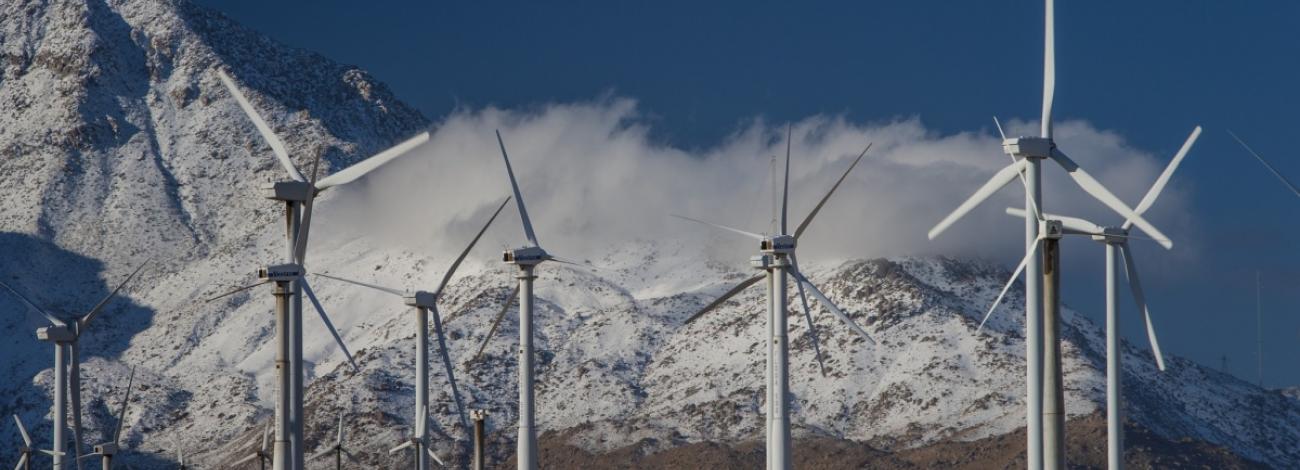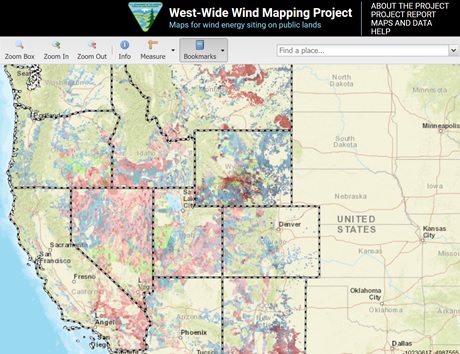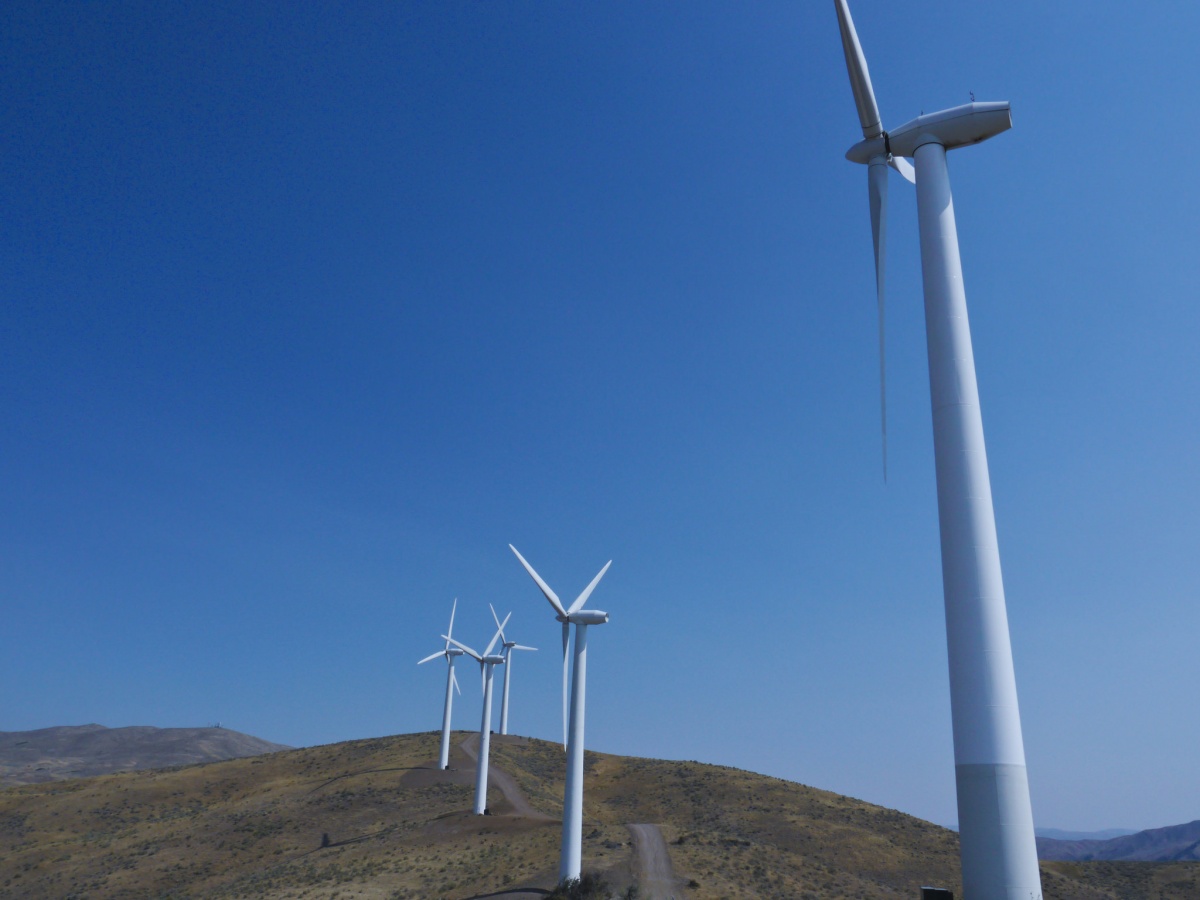
Wind Energy
Building and operating a wind energy facility on public lands requires a right-of-way (ROW) authorization.
West-wide Wind Mapping Project
The West-wide Wind Mapping Project is an online mapping tool that allows users to overlay wind energy potential on BLM-administered lands with other natural, social, and cultural resource data.
BLM staff and stakeholders can use the tool to identify areas with high wind energy potential and low resource conflict that may be appropriate for wind energy development.


